Spring 2024
13 April, 2024
For an anime to reach two seasons, even in the Reiwa era, is unremarkable; split cours and sequels are commonplace. But a season three is generally reserved for adaptations of popular Shounen Jump manga; Kono Subarashii Sekai wo Shukufuku yo! fans have been waiting seven years for theirs. Between Konosuba, Tensei shitara Slime Datta Ken, and the 2nd part of Mushoku Tensei’s season 2, isekai fans are treated to some real beloved, heavyweight franchises this spring. Tsuki ga Michibiku Isekai Douchuu also breaks the 26 episode barrier this cour, albeit with a lengthy season 2, but we still get three new isekai (one tensei, one shoukan, one MMO), one reverse, and one spin-off from a non-isekai franchise, and these should not be overlooked. Surprisingly, there are no villainess anime this season, isekai or otherwise; my condolences to fans of that genre.
It is difficult to get across just how amusing Kono Subarashii Sekai wo Shukufuku yo! is in a blog which does not support video clips; the phrase “don’t explain the joke” exists for a reason, and most of its gags take longer than a single screencap to convey. Yet I must strive to do justice to the funniest fantasy anime since Slayers, if not the funniest of all time.
Story-wise, the third season begins with Kazuma intending to become a monk, having been traumatized by a futanari encounter during the events of the movie… plus he always did want to return to NEET life. So we start with some bittersweet goodbyes, and with Aqua failing utterly to convert him.
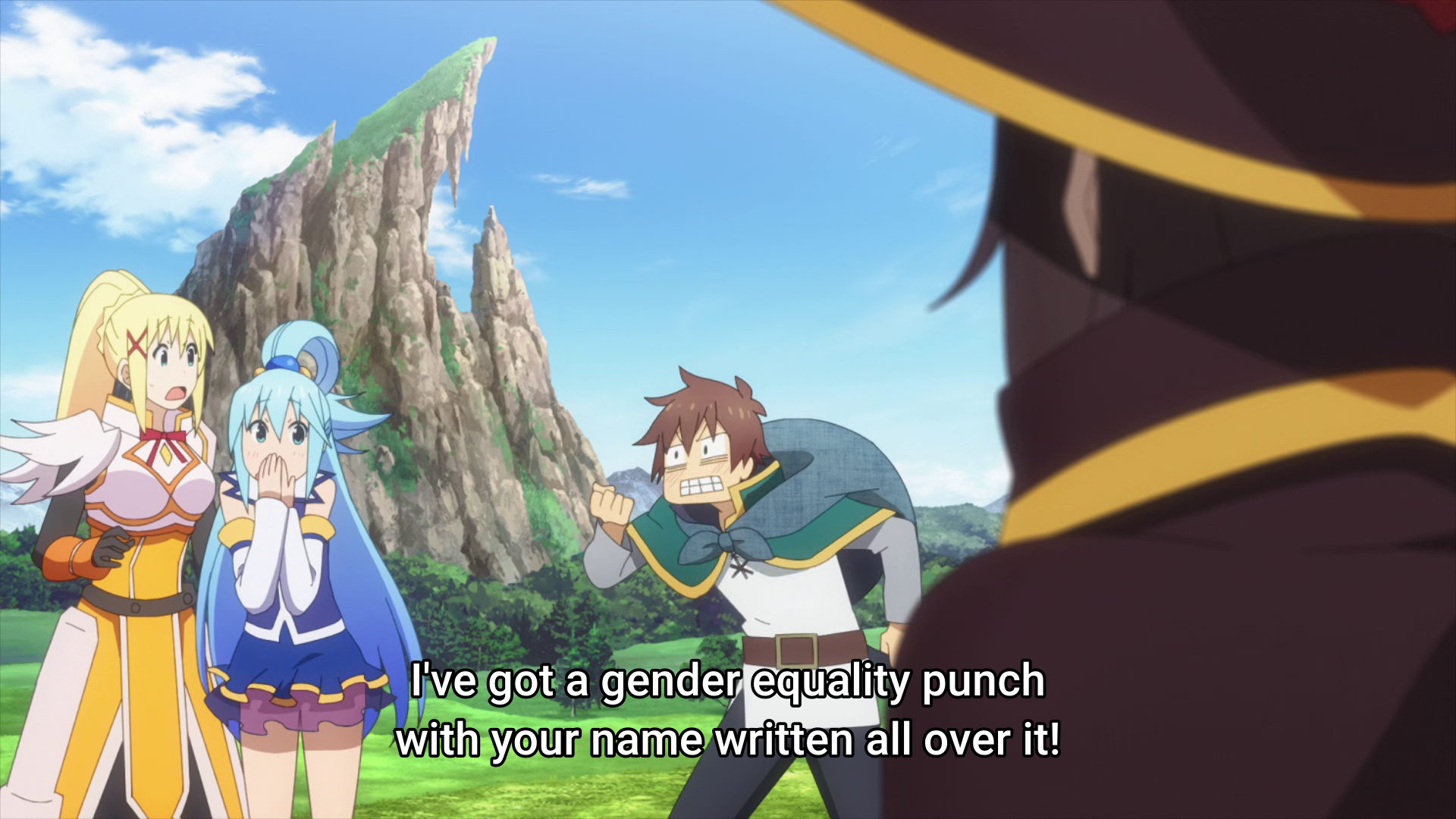
Kazuma is not at all fooled by a type of monster called a Tranquility Girl, a plant creature who plays the part of an injured woman, then drains people’s energy – but she completely takes in the rest of the party, despite his warnings.
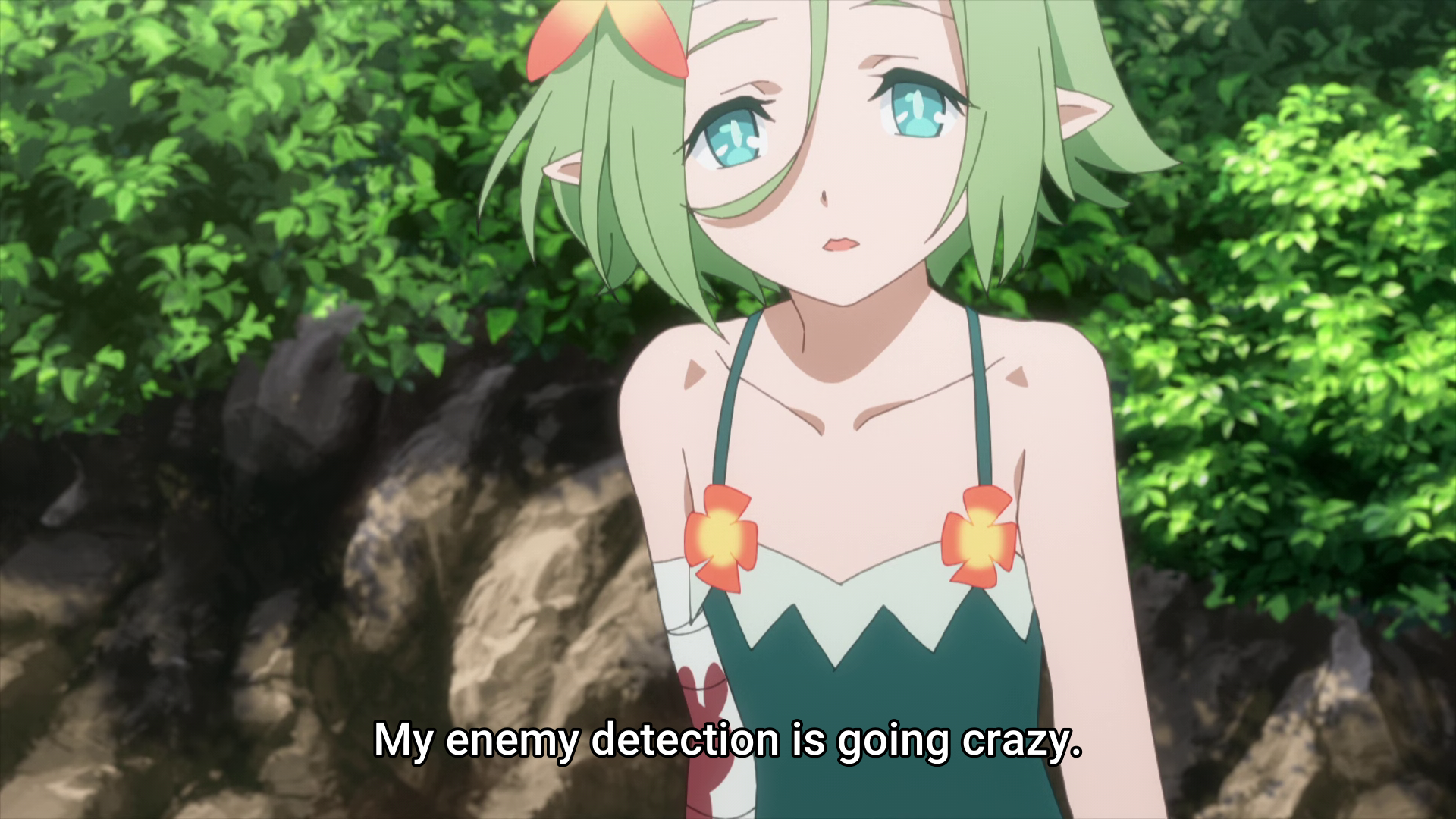
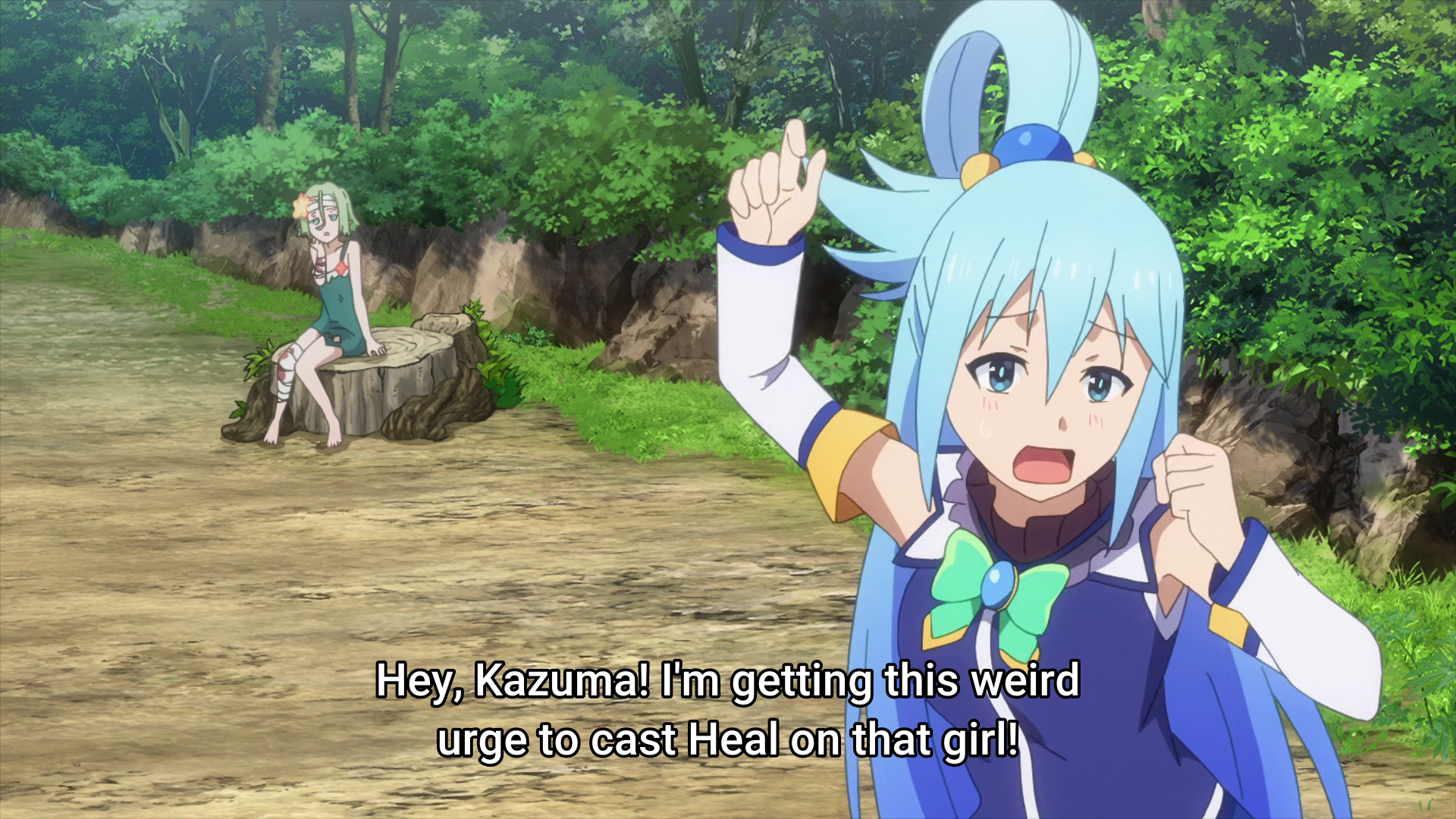
Certain events reinvigorate Kazuma, and the adventurers’ earlier successes draw the (at this point, positive) attention of the country’s monarchy, to end the episode – which only means more trouble down the line, and Darkness’ absolute panic.
-
Tsuki ga Michibiku Isekai Douchuu has, unfortunately, spent much of its 2nd season on an academy arc, with Michio taking a break from trading and collecting demiplane denizens to moonlight as a teacher.
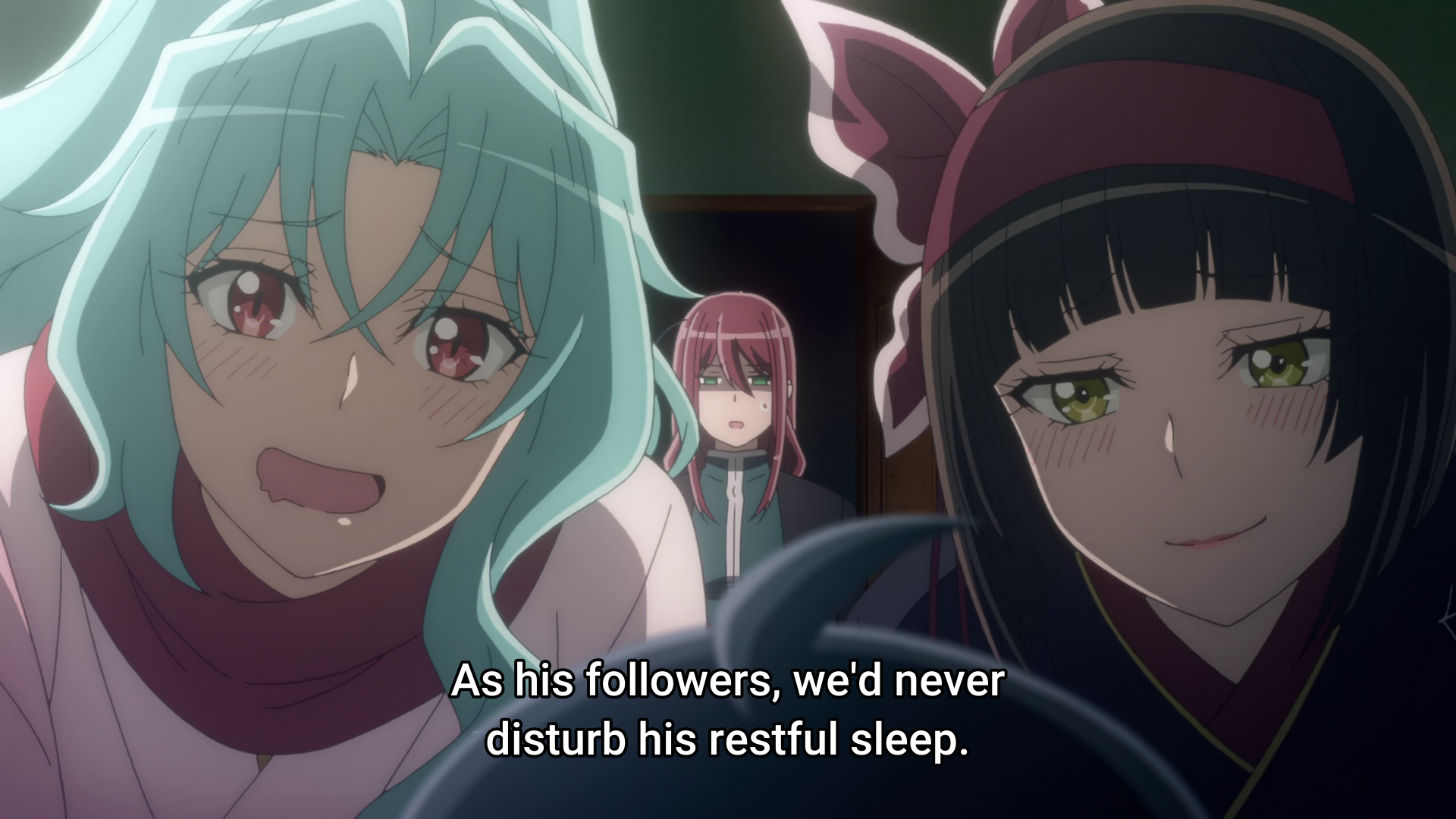
Yet there is always something special about the moment when a protagonist realizes they either weren’t first or aren’t alone – consider Keisuke and Tetsuya’s investigations of Genbu and Byakko no Miko in Fushigi Yuugi, or the old veteran who befriends Asano in Juuni Kokuki. Earlier in TsukiMichi’s second season, Makoto, who was after all dropped in the middle of nowhere, met a proper heroine in Hibiki; in episode 14, the most recent one, he learns of a country called Laurel where otherworlders are commonplace enough to be called ‘sages’, because his use of kanji in his trading company’s logo gives him away. He does his best to rebuff the diplomat, Kahara Sairitsu, but I doubt she will simply be forgotten.

The immense popularity of the Mushoku Tensei: Isekai Ittara Honki Dasu web novels and light novels has defined a lot of the tropes of contemporary narou-kei isekai, including the frequency of academy arcs – although Zero no Tsukaima being one long academy arc must be considered the real culprit. The anime adaptation resumes its season two with Rudeus wanting to propose marriage to Sylphie – quite understandably, given that she had cured his erectile dysfunction in the previous episode.

Marriage, by custom, requires a house in this setting (and in many others) and Rudeus had to exorcise this particular one. The culprit was an impressive spider-shaped automaton, which both provides for a nice fight against a relatively unusual fantasy enemy and gives the collection of figure maniacs some research to hunt down; I really enjoy the recreation of otaku culture in another world between Rudeus and Zanoba.

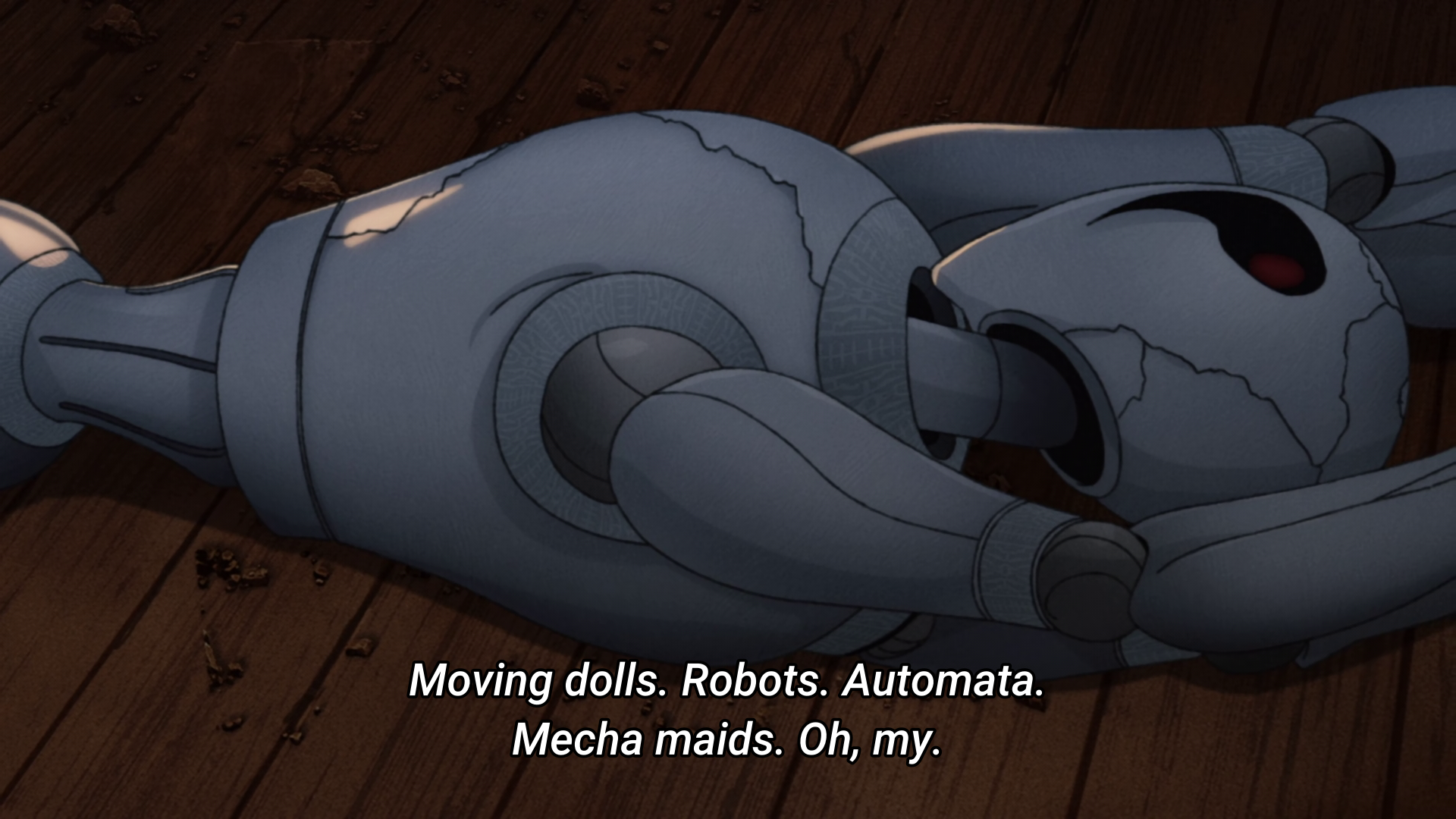 Mushoku Tensei, like TsukiMichi, also introduced another otherworlder in its 2nd season – Nanahoshi, who was summoned, not reincarnated, and wants to go home. She’s difficult to relate to, and not only for Rudeus – characters who are normal enough to enjoy their world are not always compatible with an audience of isekai fans – but she’s still there, and they’re still working together to try to figure out how to send her back.
Mushoku Tensei, like TsukiMichi, also introduced another otherworlder in its 2nd season – Nanahoshi, who was summoned, not reincarnated, and wants to go home. She’s difficult to relate to, and not only for Rudeus – characters who are normal enough to enjoy their world are not always compatible with an audience of isekai fans – but she’s still there, and they’re still working together to try to figure out how to send her back.
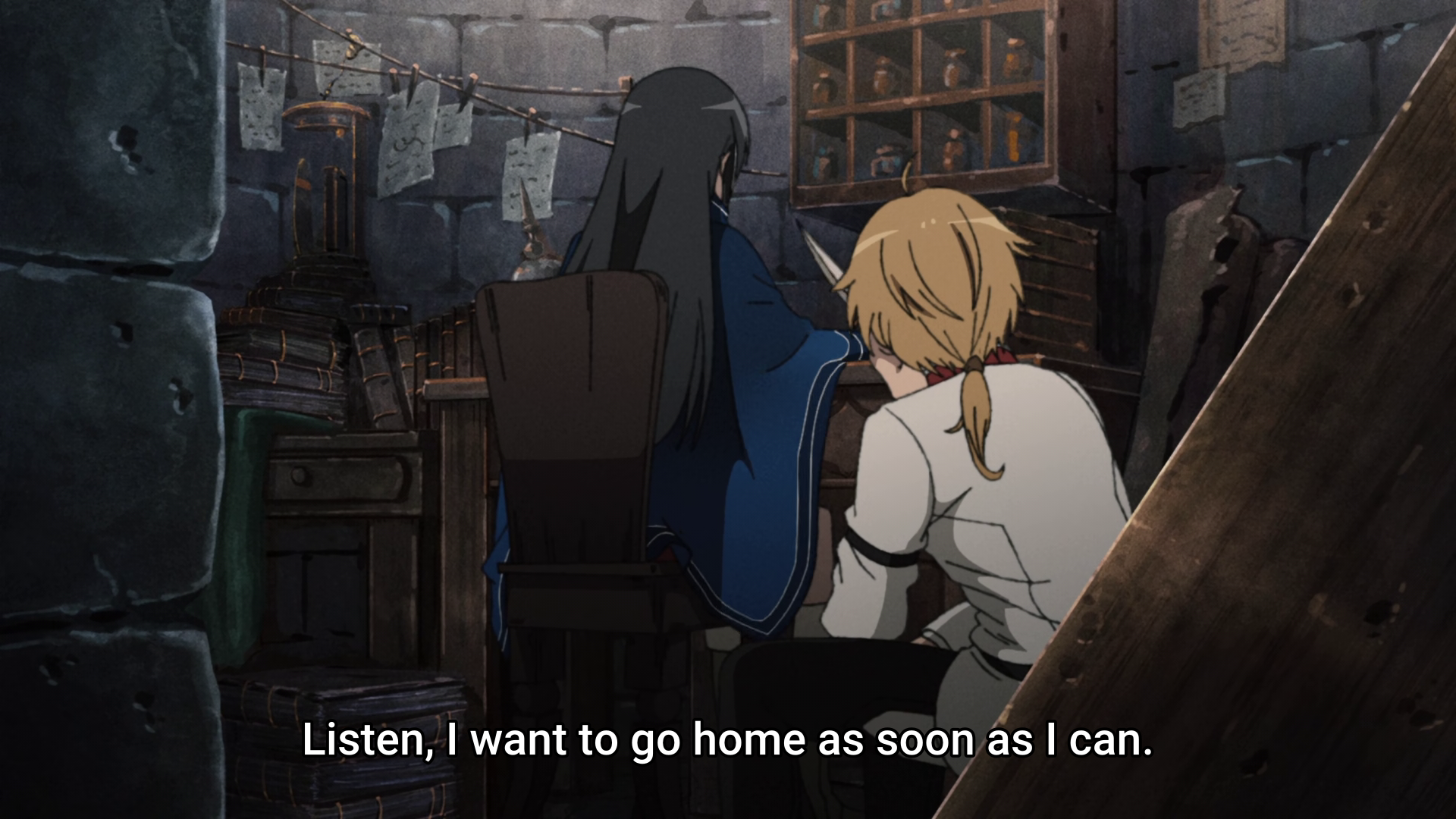
Tensei shitara Slime Datta Ken’s 3rd season (officially; the term never sounds quite right when there’s a split cour in season 2) begins with the fallout from Rimuru’s ascension to Demon Lord status – an atrocity which would be better placed in Overlord, and a milestone on the series’ shift from a comfy monster village in the forest to the high politics of its world. Diablo certainly lives up to his name, extorting the defeated country of Falmuth for an unpayable indemnity, leading to the (wholly justified) abdication of its king.
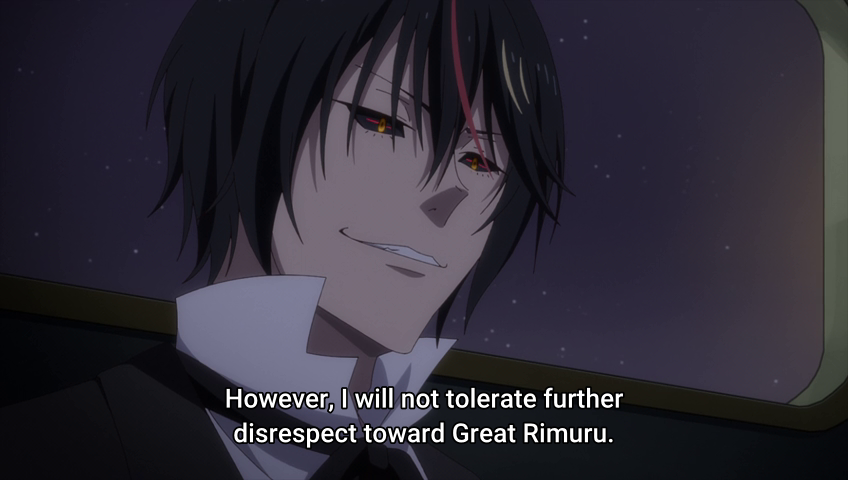
Rimuru, once ascended, befriends the other demon lords, even naming their collection of eight. (Not that this prevents all further conflict down the line.)
The second episode is mostly from the perspective of Sakiguchi Hinata, which is nice; I’m rather fond of the storytelling technique and it lets us see more of the setting outside the Jura Tempest Federation. For now, Lubelius will leave the forest be… for now.
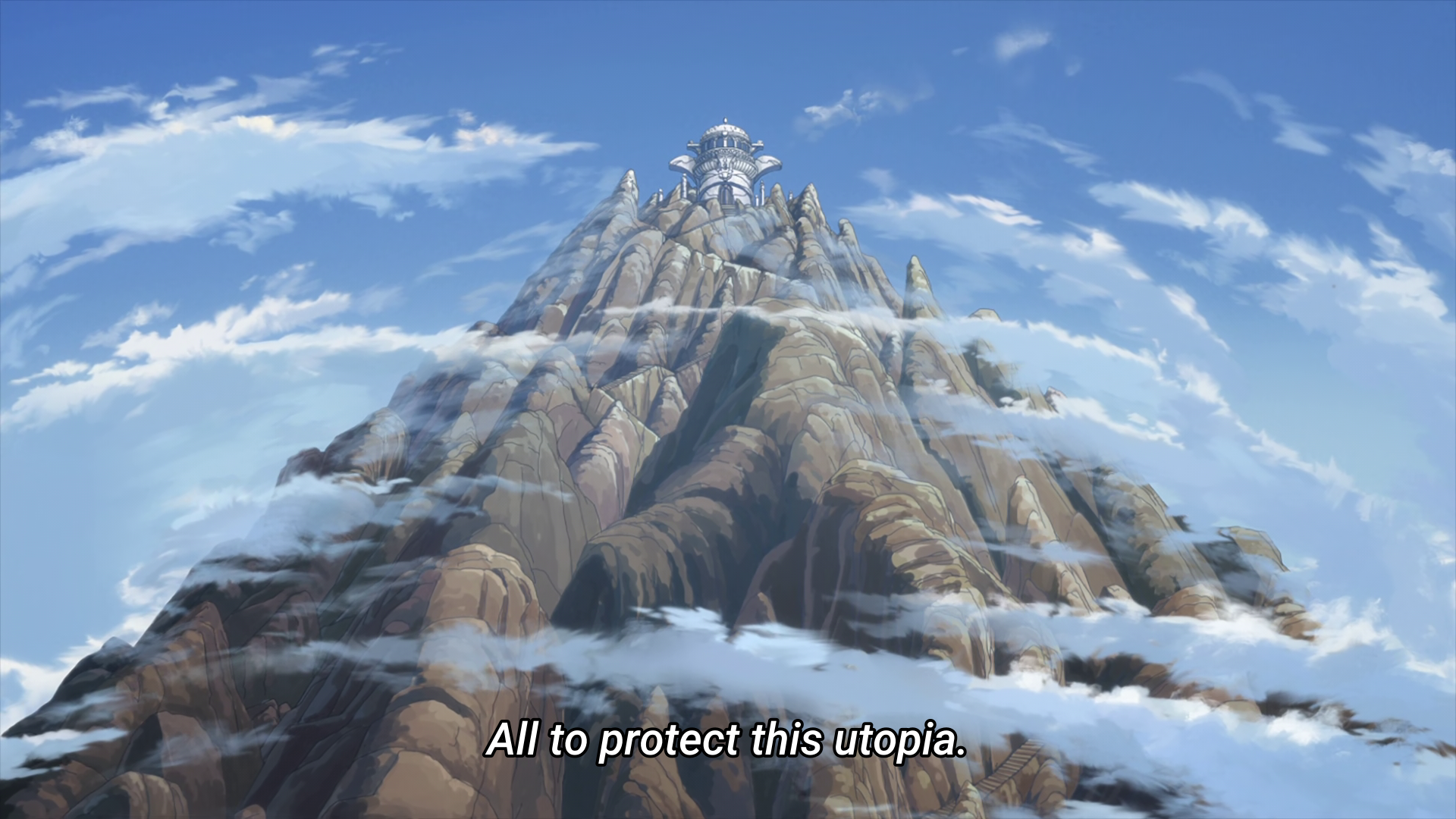
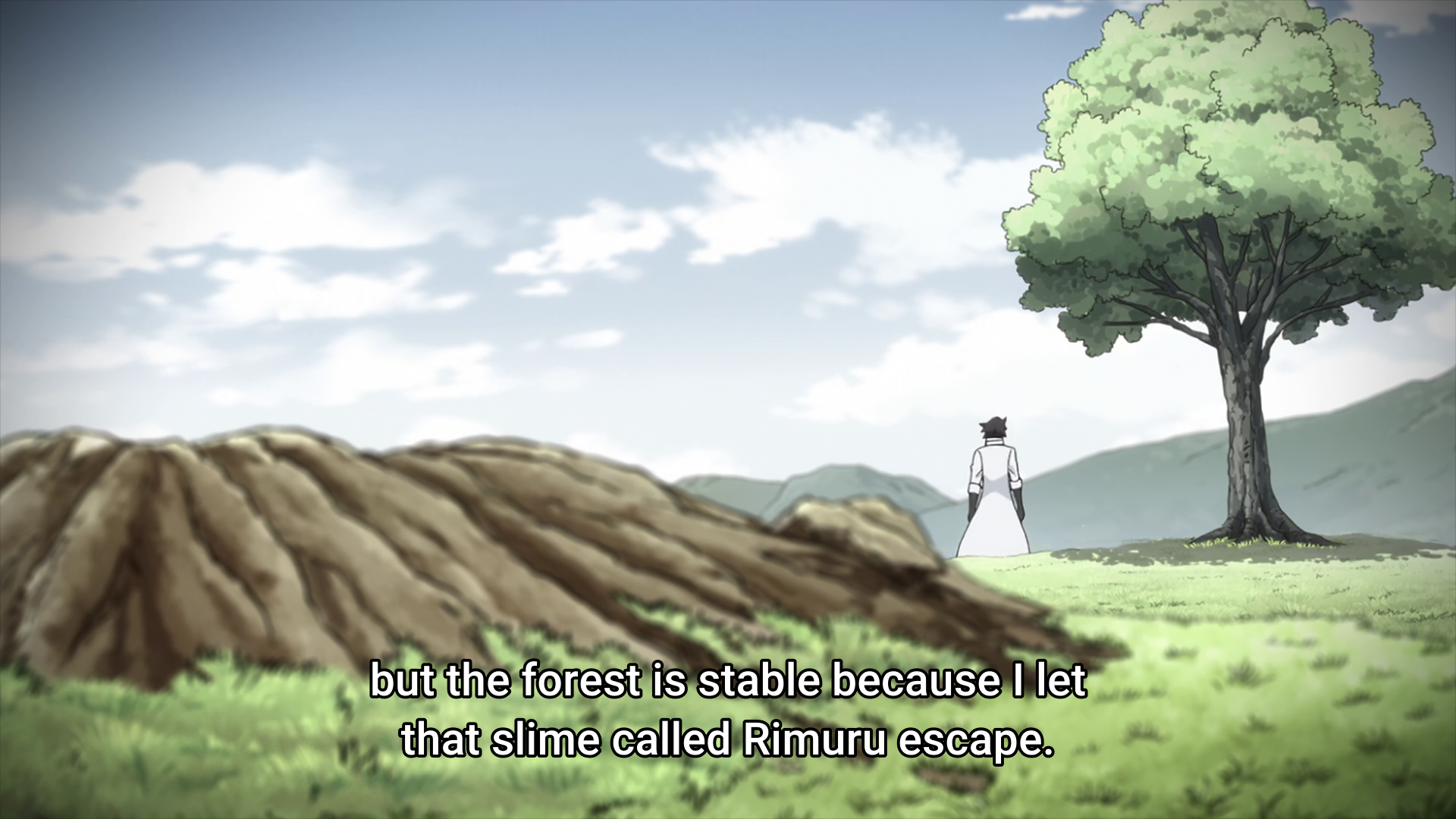
Can Rimuru be accepted as having no hostile intentions, or is this one of those great power conflict things where one must conquer the whole world in self-defense? Either way, it’s a fun story, and some truly inspired moments await in the light novels, although I don’t quite remember them well enough to tell you if they’ll happen in this season. There’s a really neat spin on the typical dungeon crawl coming before TenSura is over.
-
Re: Monster, although far from unique, provides a pleasant antidote to the trend exemplified by the popularity of series like Goblin Slayer and Hai to Gensou no Grimgar, which have made goblins easy to hate. And if one is missing the earlier volumes of Tensei shitara Slime Datta Ken, Re:Monster gives a very similar feel of a monster village in the forest, instead of a burgeoning empire run by a demon lord who’s recently founded the Octogram.
Perhaps it is easier to like goblins (or at least, one village of goblins) when the rape of human woman is met with severe beatings that border on capital punishment.
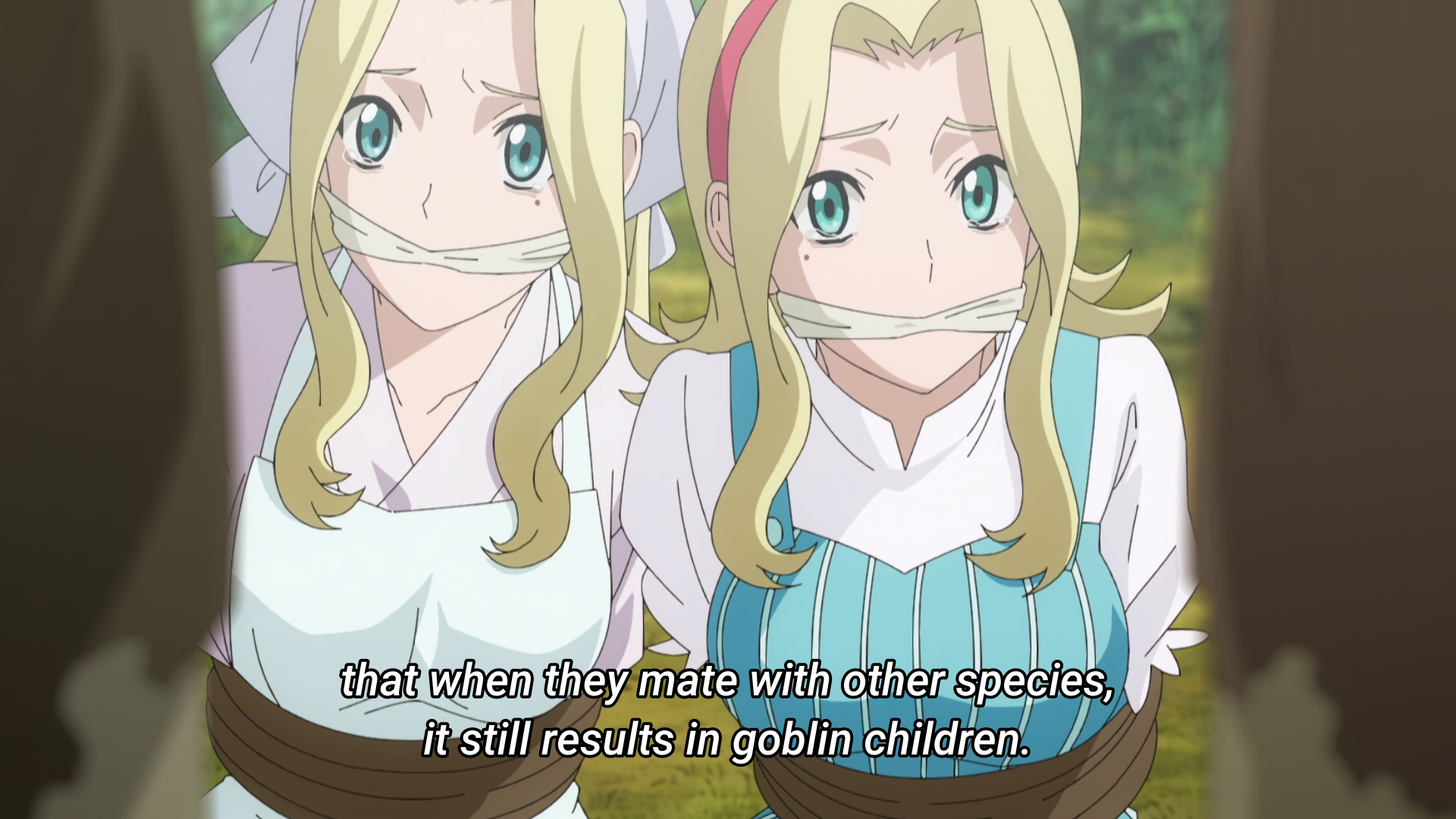 Day by day, our hero, Gobrou, grows stronger, his hunting routine, absorption skill (carried over from the last lifetime), and quick leveling up leading him to an overnight evolution ala Digimon World to a hobgoblin (albeit with the benefit of a confirmation screen beforehand).
Day by day, our hero, Gobrou, grows stronger, his hunting routine, absorption skill (carried over from the last lifetime), and quick leveling up leading him to an overnight evolution ala Digimon World to a hobgoblin (albeit with the benefit of a confirmation screen beforehand).
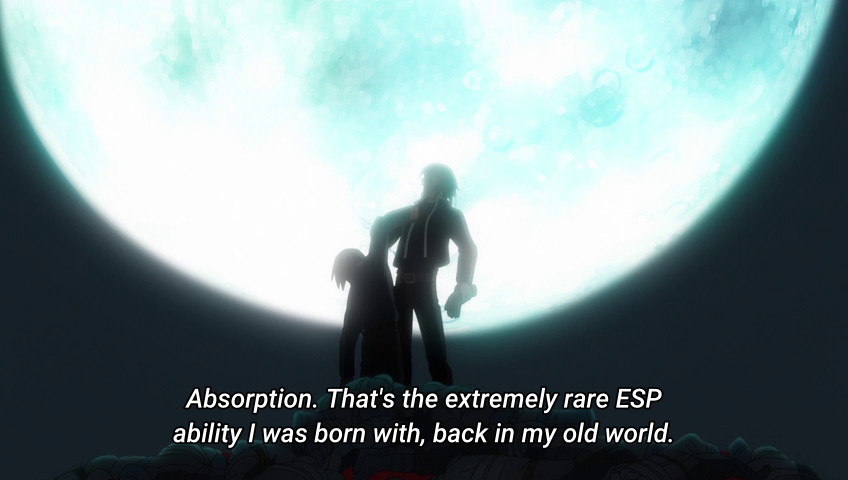
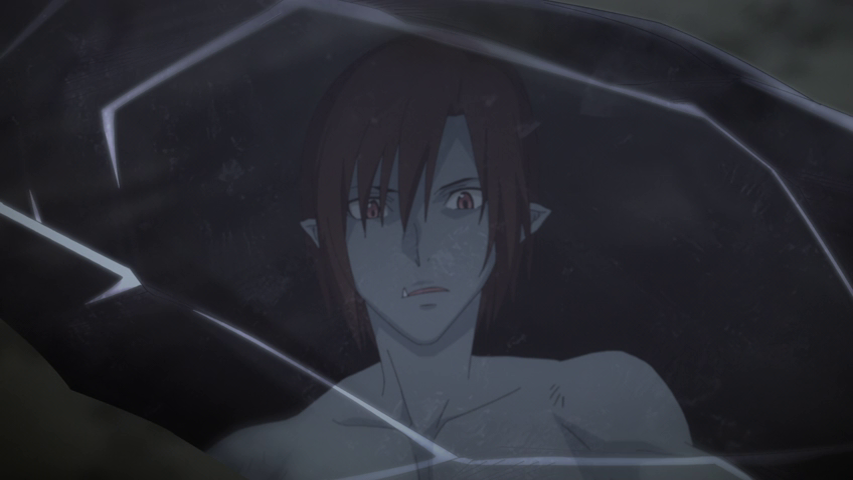
His power and willingness to feed and train them wins the respect of most of his peers – or, if need be, offers him superior force to deal with dissenters, as with the issue of abducted human women.
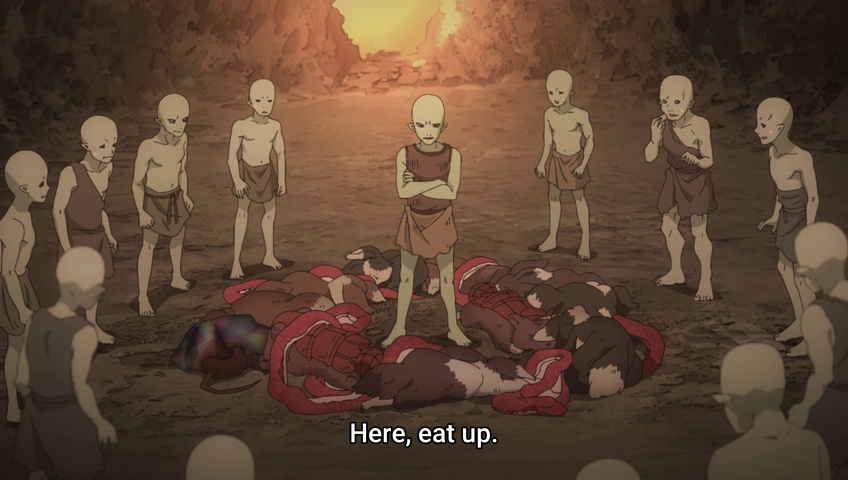

This is very much a skill heavy series, on par with Kumo Desu ga, nani ka, with day by day tracking of his adventures and new skills; the first two episodes take place over exactly 34 days.

Lv2 kara Cheat datta Motoyuusha Kouho no Mattari Isekai Life will not win many points for originality, although I suppose underleveled heroes being tossed aside by their summoners, only to prove incredibly powerful, has been done more often in manga and light novels than in series to receive an anime adaptation. Still, Sukoshi Cheat kind of did it last cour, and Jitsu wa Ore, Saikyou deshita saw a prince meet that fate two seasons ago; anime is getting there now too.
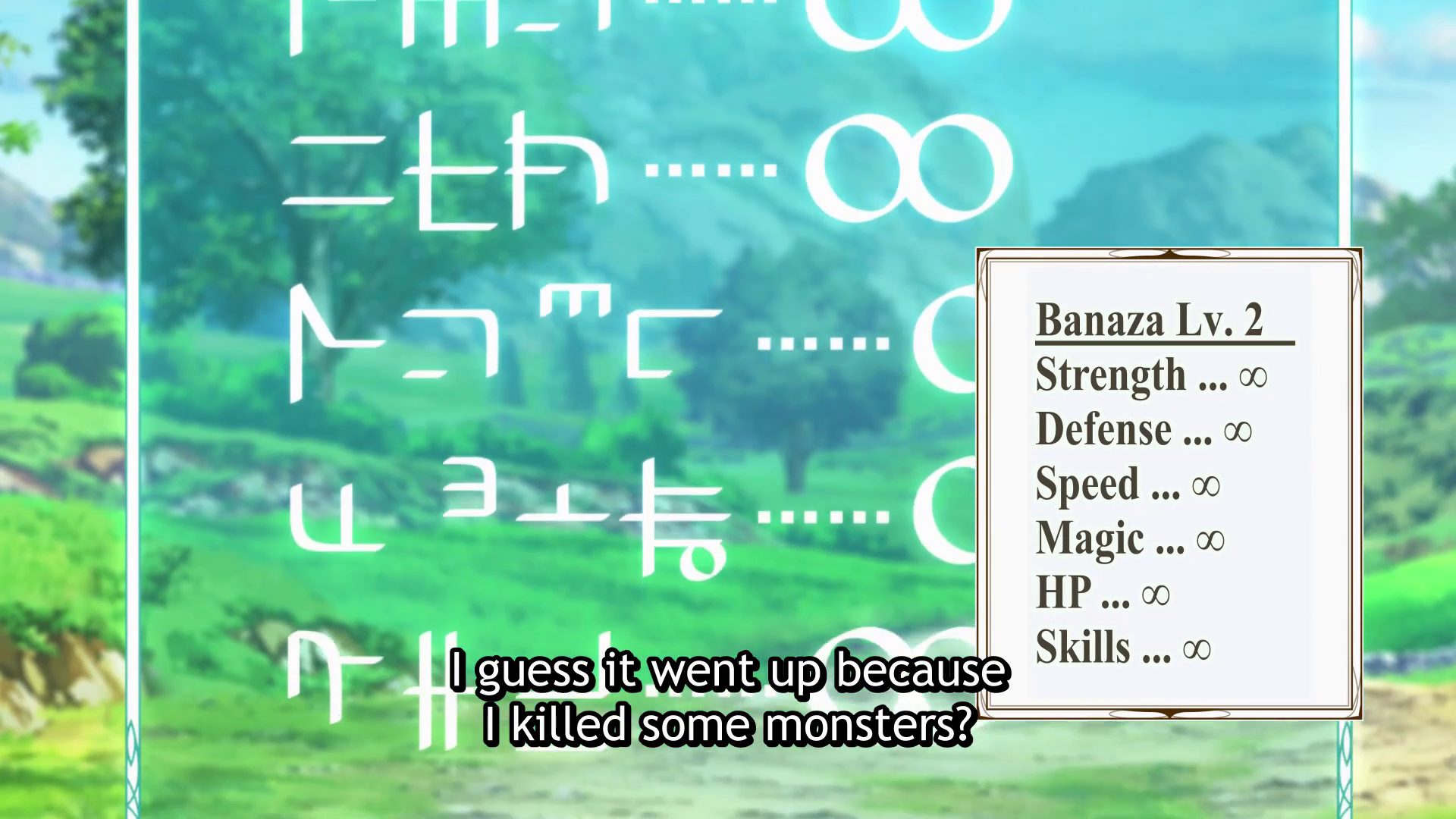
Even the theme of an otherworlder siding with demihumans against oppressive humans is not exactly unusual – this very season, TsukiMichi and Tensei shitara Slime Datta Ken make use of that plot element, and so did our main character… before being summoned.
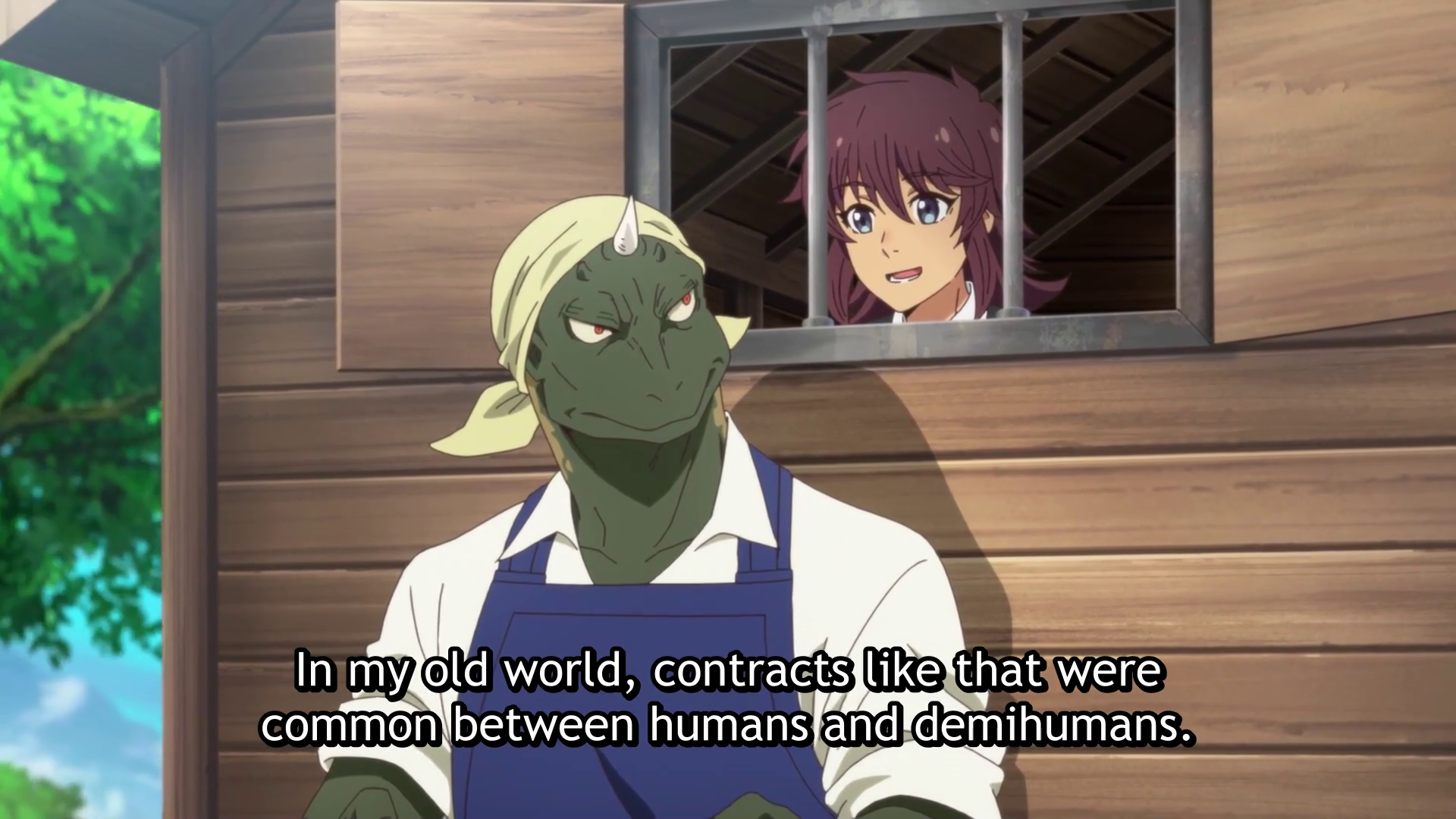
But true originality in fiction is rare if not outright impossible, and these tropes persist because people like them; there are other ways for a story to distinguish itself. Lv2 Cheat has a main character that it’s easy to feel happy for, and makes for entertaining seasonal fare, if not doing much to distinguish itself beyond that. We have shapeshifting magic, we have creative use of teleportation, we have a desperate fight with a slime, we have purification, all in the first episode. I won’t pretend it’s a legendary series, but I’m still keeping up with the manga, so it must be doing something right.
-
The New Gate looks like a generic Sword Art Online clone… for exactly three minutes, and then the real story starts; in truth, it’s more like a sequel. The question of whether a trapped in a MMORPG series counts as isekai is a complex one (some do, some don't, I think The New Gate does from what I've seen of it so far), and one of the quickest ways to know that someone doesn’t know what they’re talking about with regard to this genre is citing SAO as foundational… but I digress. The New Gate’s hero, Shin, saves the world and waits to make sure everyone else can log out from the death game, only to be left behind; 500 years later, the story resumes.
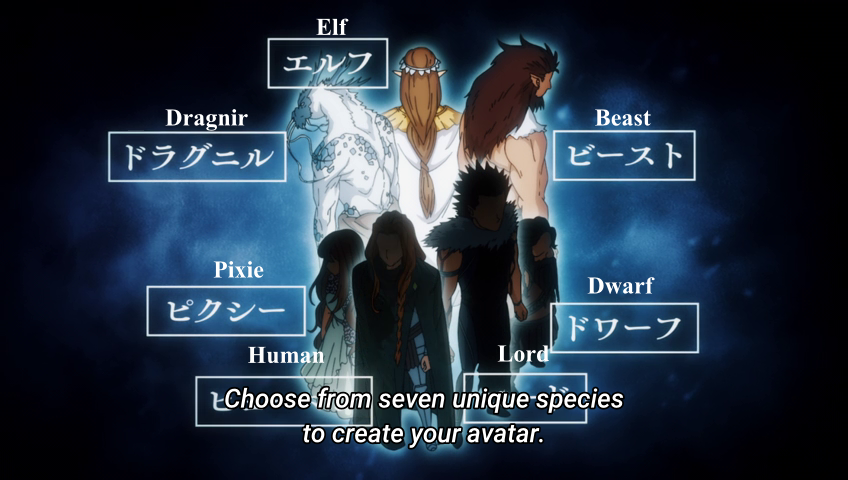
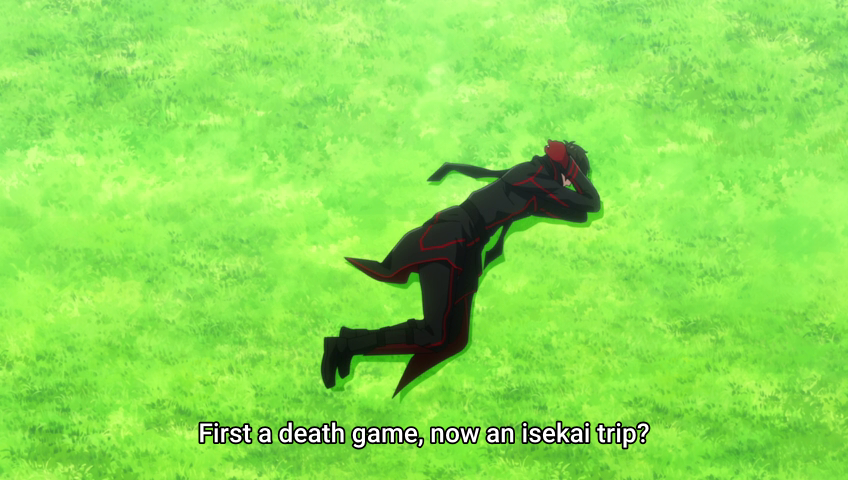
So far, we have learned that the world has undergone some major deflation over the centuries, to the point where his former small change is an incredibly valuable magic item, and that High Humans, except for him, have gone extinct. With a letter of introduction from an elf he rescues, he’s able to get in good with the Adventurer’s Guild, and pretty much anywhere else; I have a lot of curiosity about this setting, as I always appreciate when the other world has a long history, and his real adventure is only beginning.
-
Henjin no Salad Bowl is the sole reverse isekai of the Spring 2024 season. The story starts with a princess and her retainer by fleeing through a portal, It kind of reminds me of Cop Craft, as it has an otherworlder fall in with (and initially, onto) a detective, but this is a princess, and not an elf.
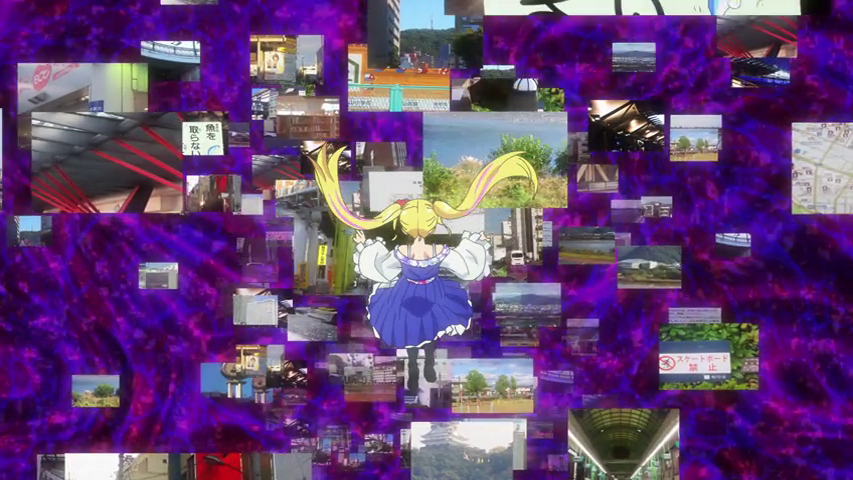
We even get a nice shot of the portal itself, I like the images of the other (our own) world floating through there.
In common with many isekai going the other direction (including Lv2 Cheat this very season), her powers make things a bit too easy; she heals away the injury to the detective, and flies up above the trees to spot adultery in the act. Earth takes some adjusting, but I think Princess Sara will be fine; if anything, I wonder how her adventures will last through a full twelve episodes.
Far more entertaining, and more poignant, are the troubles of her former retainer, Livia, who struggles to adjust to and understand this world, and whose experience is a reminder of how society and the state can be hostile to outsiders.
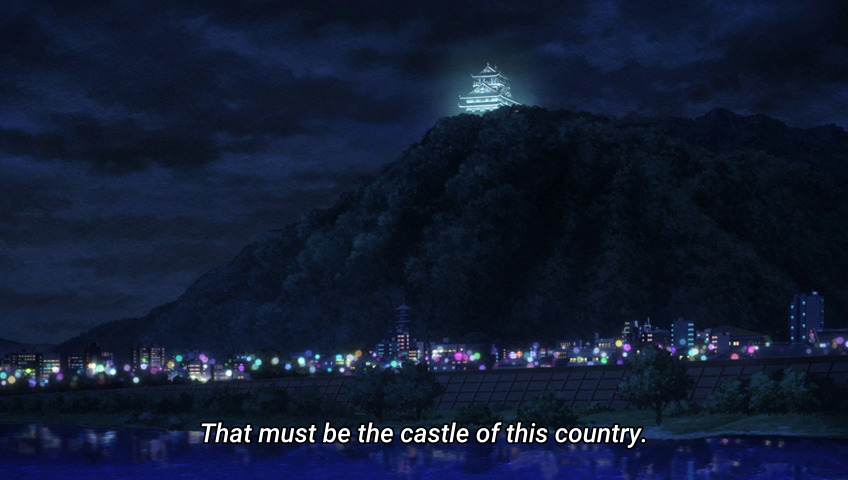
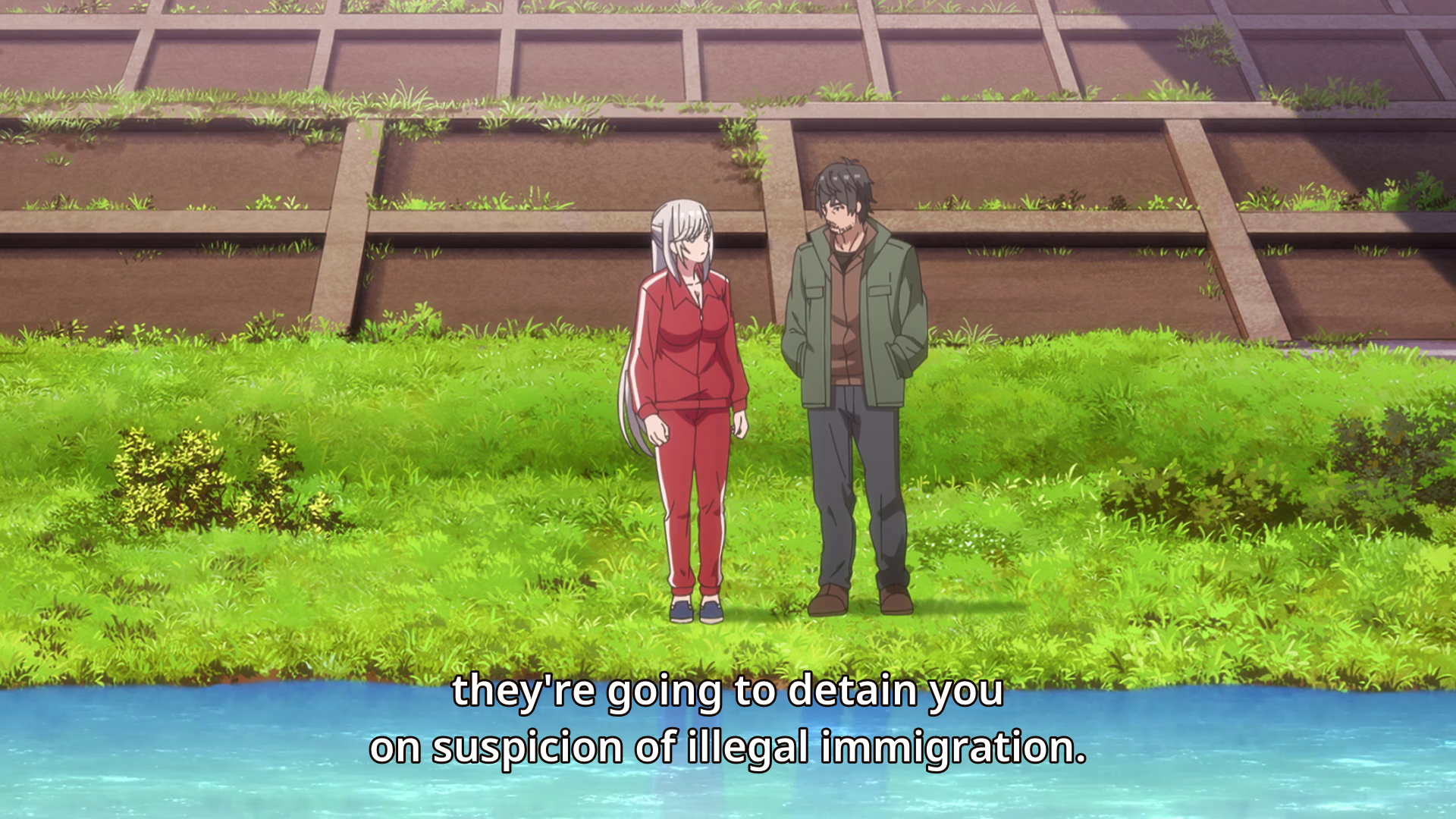 I don’t know what current Japanese laws are with regard to extradimensional portals, but at least in this setting, unlike in, say, Digimon Adventure 02 they open up rarely enough to be actually enforced.)
I don’t know what current Japanese laws are with regard to extradimensional portals, but at least in this setting, unlike in, say, Digimon Adventure 02 they open up rarely enough to be actually enforced.)
Still, Livia is able to meet some kind people among Japan’s homeless who show her the ropes, and eventually is even able to find Princess Sara again, after some uncomfortable efforts as a hostess… before getting fired from said detective agency for incompetence. The values of a knight are not always compatible with those of modernity, but she’s not the only one in this show left homeless by her pride… it’s a lighthearted show, but when I think about it that way Henjin no Salad Bowl is kind of depressing. Guess it’s a reason I want to escape this world instead of the other way around.
I suppose that’s why I tend not to get into reverse isekai as much, unless there are some cool back and forth events going on… On that note, Sara and Livia arrived as exiles, and I hope the princess can find a way to reclaim her throne.
-
Finally, Kuroshitsuji is not an isekai franchise, but a historical detective story. I suppose, however, that with its Victorian English setting, its author could not resist an adaptation of Lewis Carroll’s legendary, imaginative, and wordplay-filled Alice in Wonderland, complete with Sebastian as the White Rabbit, and Ciel as Alice (and at one point, the Eiffel Tower). I must confess that it’s not my favorite Alice adaptation; Miyuki-chan in Wonderland did it better, but no one compares to CLAMP and Kuroshitsuji: Kishuku Gakkou-hen's first episode was a fun surprise.

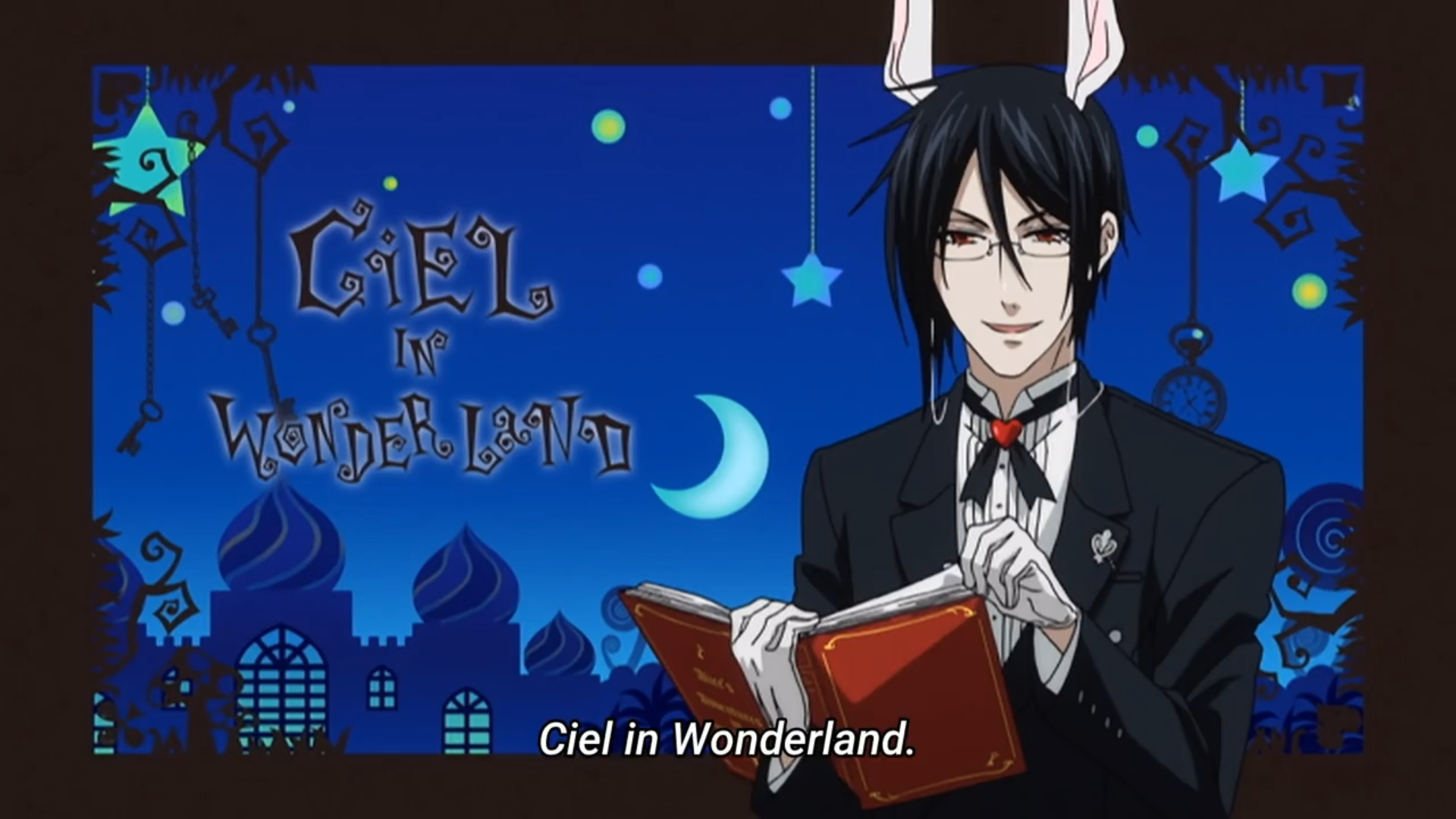 Admittedly, this was a very crowded season, but as originally written this post excluded Tensei Kizoku, Kantei Skill de Nariagaru, an omission I very much regret, only discovered when making notes for its second season, and in retrospect am baffled by; I very much enjoyed the manga.
Admittedly, this was a very crowded season, but as originally written this post excluded Tensei Kizoku, Kantei Skill de Nariagaru, an omission I very much regret, only discovered when making notes for its second season, and in retrospect am baffled by; I very much enjoyed the manga.
In the real world, talents can easily languish in obscurity, and being good at a job interview is not the same as being good at a job; in this one, we have stat screens, and Ars' ability to assemble a talented court around him in his tiny domain is an intriguing power which sets him apart from the usual isekai protagonist. As a result, we get a likable cast from a variety of backgrounds, often from the lower classes - a thief and a refugee met in the first couple episodes, a lazy general later on - all of whom are quite easy to cheer for. But Ars is an aristocrat in a continent-sized empire that is clearly on the verge of falling apart; will the talented people he assembles around him be enough to save his domain in the struggles to come?
